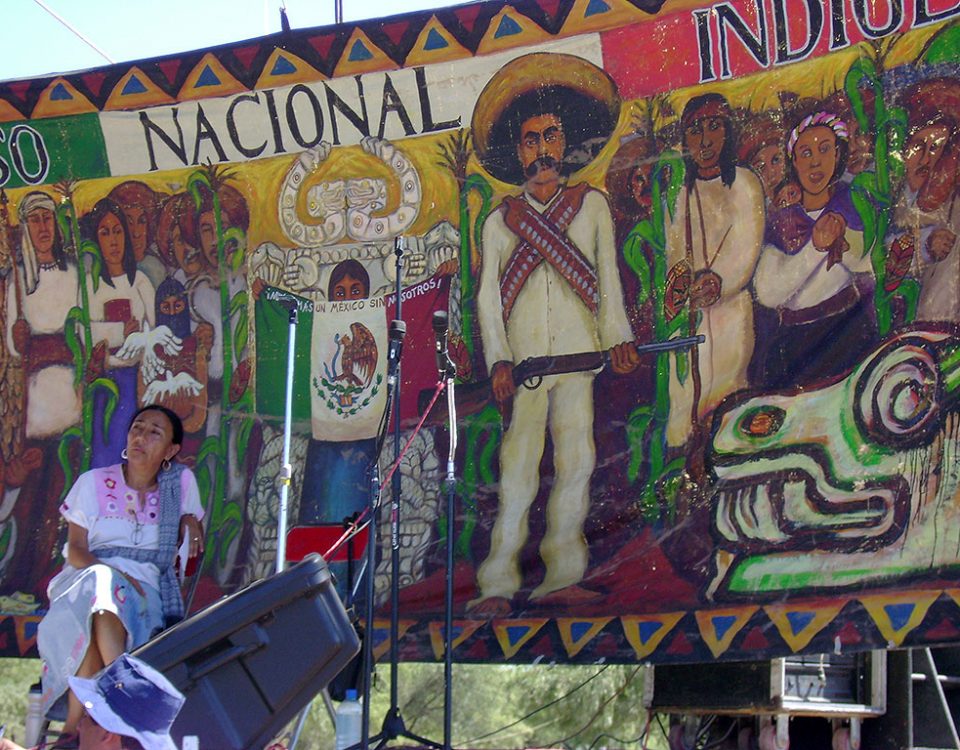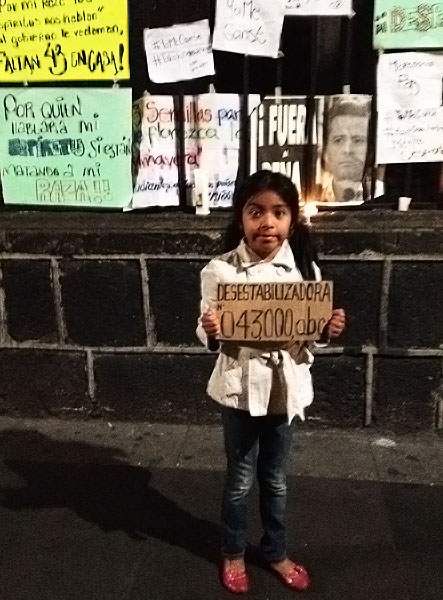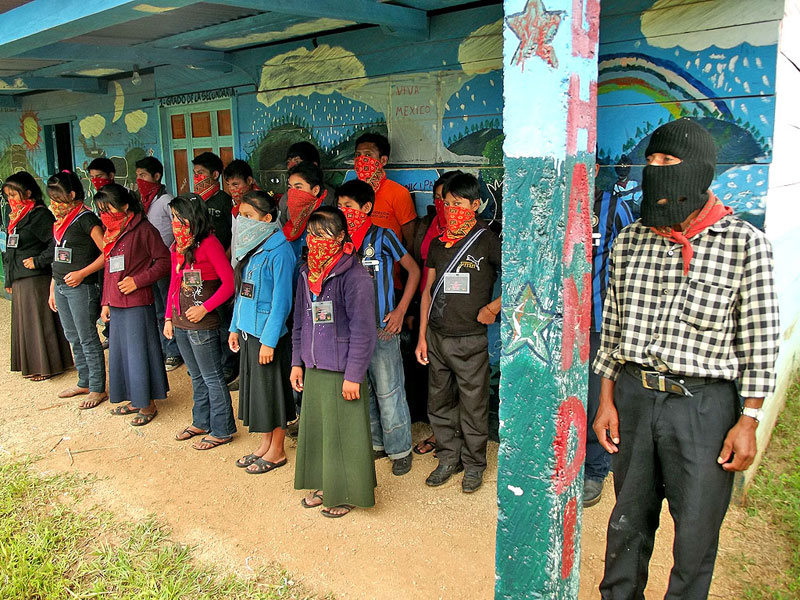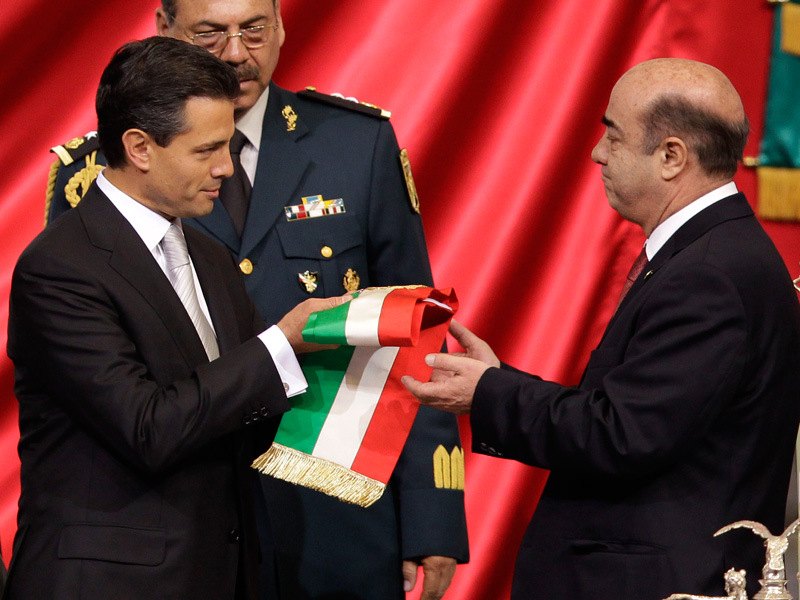SIPAZ Activities (July – October 1999)
30/11/19991995
03/02/2000In January a meeting took place between the Zapatista Commanders and the then Secretary of State, Esteban Moctezuma Barragán. The date for the next meeting was set for February 9.
 However, instead of government representatives the Mexican army arrived and launched a large offensive. This offensive did not achieve its goal of arresting Zapatista leaders. Some observers believed the government was making an error in treating the EZLN as a movement of manipulated indigenous peoples which would disappear once its leaders were stopped and in believing that the government could continue to marginalize the indigenous population. The Zapatistas did not respond to this provocation. Nonetheless, the Mexican army did manage to set up bases in a large number of indigenous communities.
However, instead of government representatives the Mexican army arrived and launched a large offensive. This offensive did not achieve its goal of arresting Zapatista leaders. Some observers believed the government was making an error in treating the EZLN as a movement of manipulated indigenous peoples which would disappear once its leaders were stopped and in believing that the government could continue to marginalize the indigenous population. The Zapatistas did not respond to this provocation. Nonetheless, the Mexican army did manage to set up bases in a large number of indigenous communities.
In March the Congress approved the Law for Dialogue, Reconciliation, and Peace with Dignity in Chiapas. This law involved the renewal of the peace talks, the cessation of military operations against the EZLN, and the suspension of the arrest orders against the suspected leaders. The Commission for Agreement and Pacification (COCOPA), to be made up of deputies and senators of all the political parties represented in Congress, was set up to facilitate these negotiations.
The first meeting between the Zapatistas, the CONAI, and the government delegation took place in the ejido of San Miguel, in the Municipality of Ocosingo. The negotiations stretched out over several months, with many interruptions, in a comummunity in the highlands of Chiapas, San Andres Larrainzar, which the Zapatistas rebaptized as Sacamch’en de los Pobres. The negotiations were to last six months and cover the following themes: Round One – Indigenous Rights and Culture, Round Two – Democracy and Justice, Round Three – Welfare and Development, and Round Four – Women’s Rights.
In August and September the EZLN launched a national and international referendum to define the direction of its struggle. More than 1 million people responded, the marjority supporting the transformation of the EZLN into a new kind of political force. From the very first days following the uprising the Zapatistas had opened up a dialogue with the civil society, not only in Chiapas but in all of Mexico, something which has been one of its greatest strengths and forms of protection.




